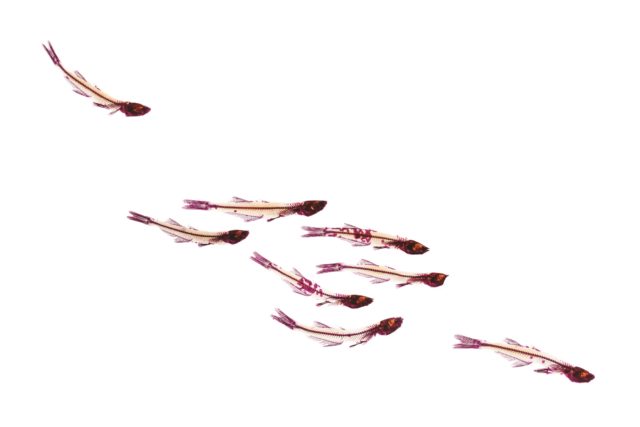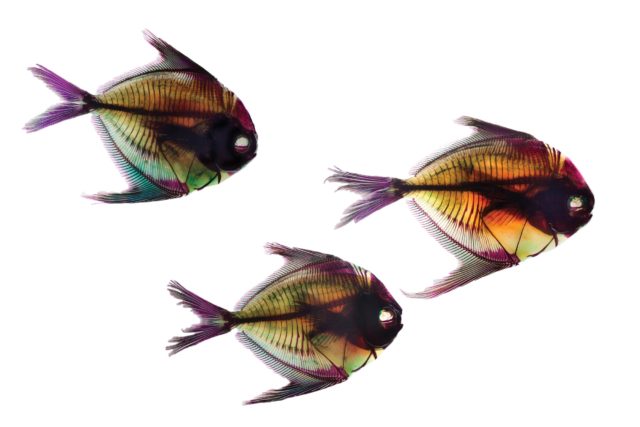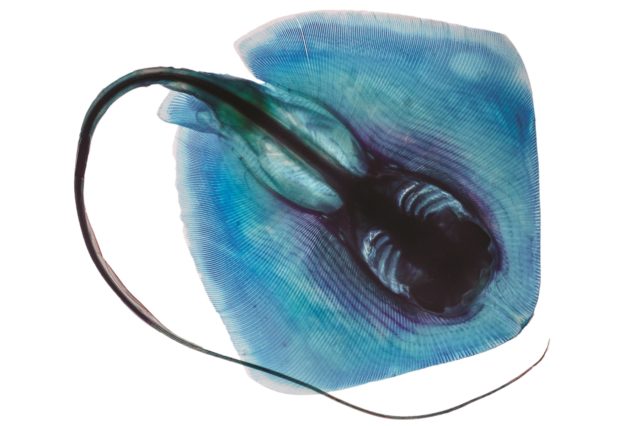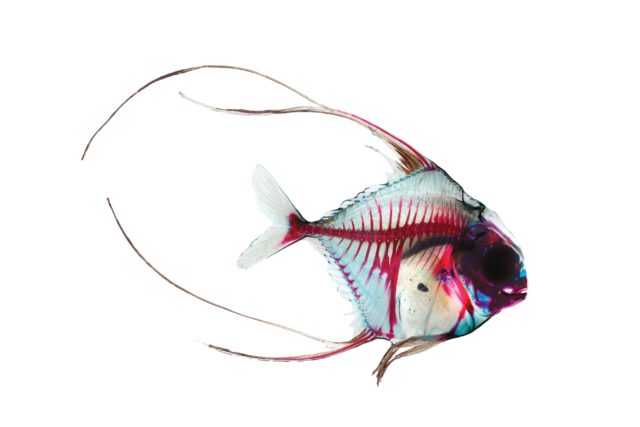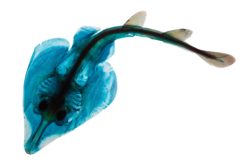Coastal
Ghosts of the Gulf
An unusual look at species impacted by the Deepwater Horizon oil spill
Published: December 4, 2018
Last Updated: March 22, 2023

RIP Atlantic Guitarfish
The tremendous amount of oil itself (estimated at 206 million gallons) created an immediate kill zone greater than two hundred kilometers wide, wiping out enormous numbers of marine life. Even worse, BP utilized upwards of two million gallons of chemical dispersants such as Corexit 9500, which made the effluents as much as 52 percent more toxic than the oil itself and much more widespread. According to the Material Safety Data Sheets for Corexit 9500, produced by the chemical manufacturer Nalco, no prior toxicity studies had been conducted before its use in the Gulf. However, numerous toxicology studies had previously found such dispersants teratological to marine wildlife and carcinogenic to humans. Regardless, BP applied dispersants in deep sea as well as surface water and, because of normal currents, spread contaminants throughout the Gulf, eventually coating thousands of kilometers of the Gulf floor with toxic sludge while, on shore, impacting over one thousand miles of fragile estuary ecosystems and beaches. A recent United States Congressional Report estimates that, after clean-up efforts, almost half the oil (over one hundred million gallons) remains in the Gulf.
These images were made by chemically clearing and staining species collected in the Gulf after the DWH disaster. These species, once common, may now be in decline and are meant to be seen as apparitions. The clearing and staining process involves first preserving specimens, then placing them in an acid bath with blue stain, which adheres to cartilage. Next the specimens are masticated in a digestive enzyme called trypsin, which begins the clearing of other tissues. Then the specimens are bathed in an alkaline solution with red dye, which bonds with bone. The final stages transition the specimens through a series of baths from potassium hydroxide to glycerin, whereby the specimen tissues become transparent except for the bones and cartilage, which are vividly dyed red and blue. The final specimen looks like a brightly colored X-ray, revealing the complex architectural anatomy of these beautiful and disappearing species.
Brandon Ballengée, PhD, is a visual artist, biologist, and environmental educator based in Louisiana. In 2016 he and his wife Aurore Ballengée started the Atelier de la Nature, an outdoor education center and nature reserve, in Cecilia/Arnaudville, Louisiana.
Archival pigment prints on handmade Japanese rice paper in an edition of 13. 18 by 24 inches each, 2014. Brandon Ballengée and Ronald Feldman Fine Arts, New York, NY. 18 by 24 inches each.
